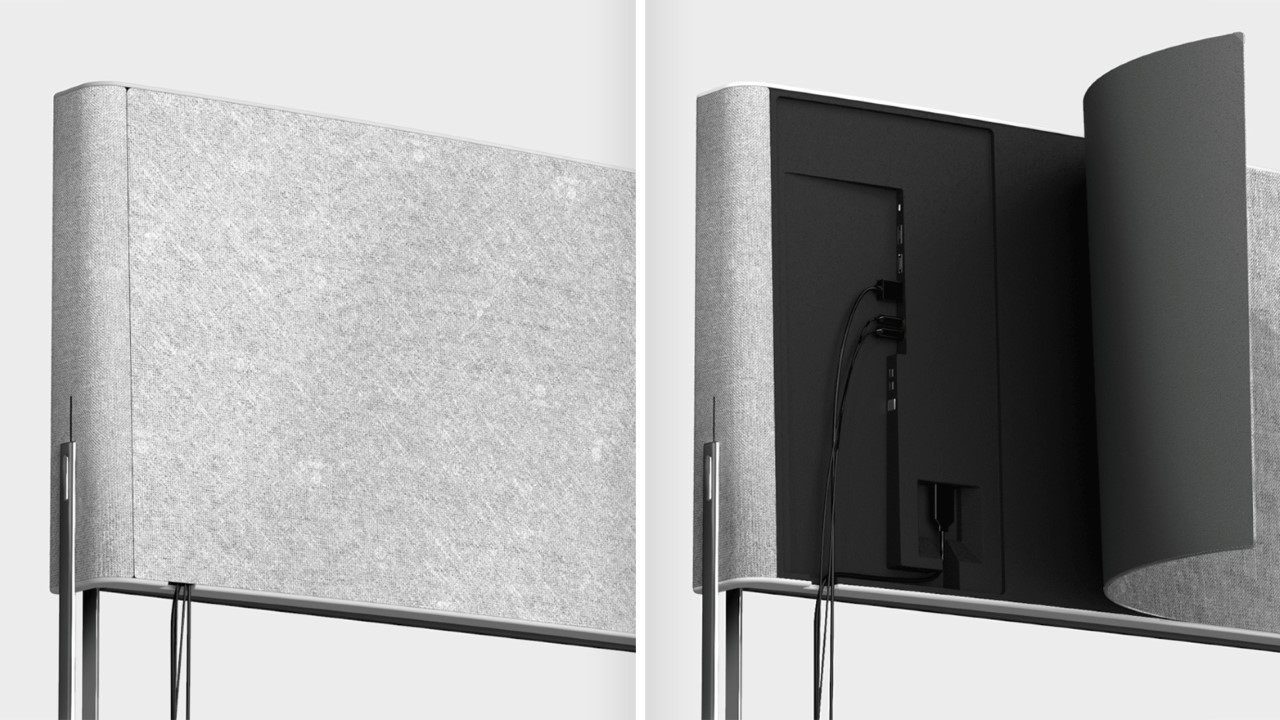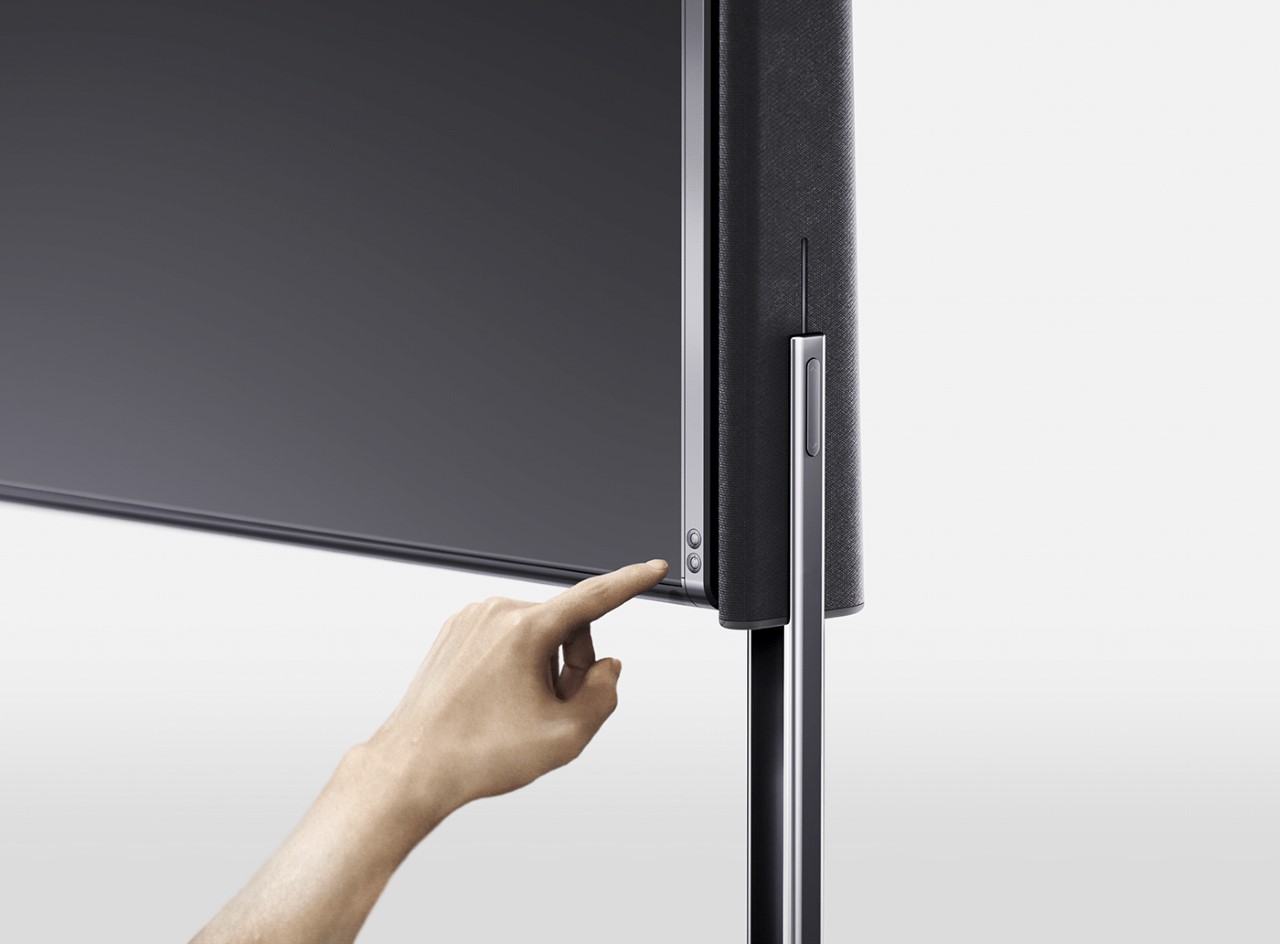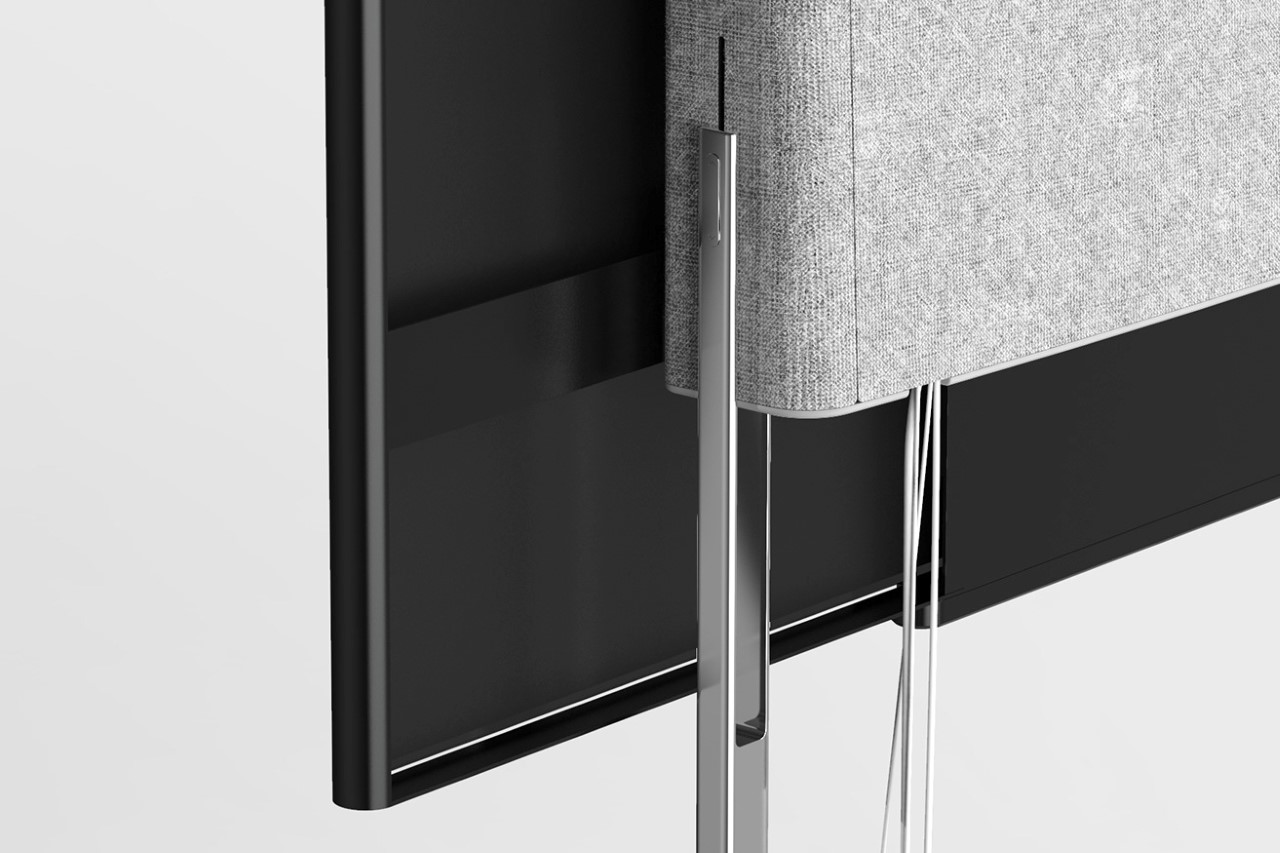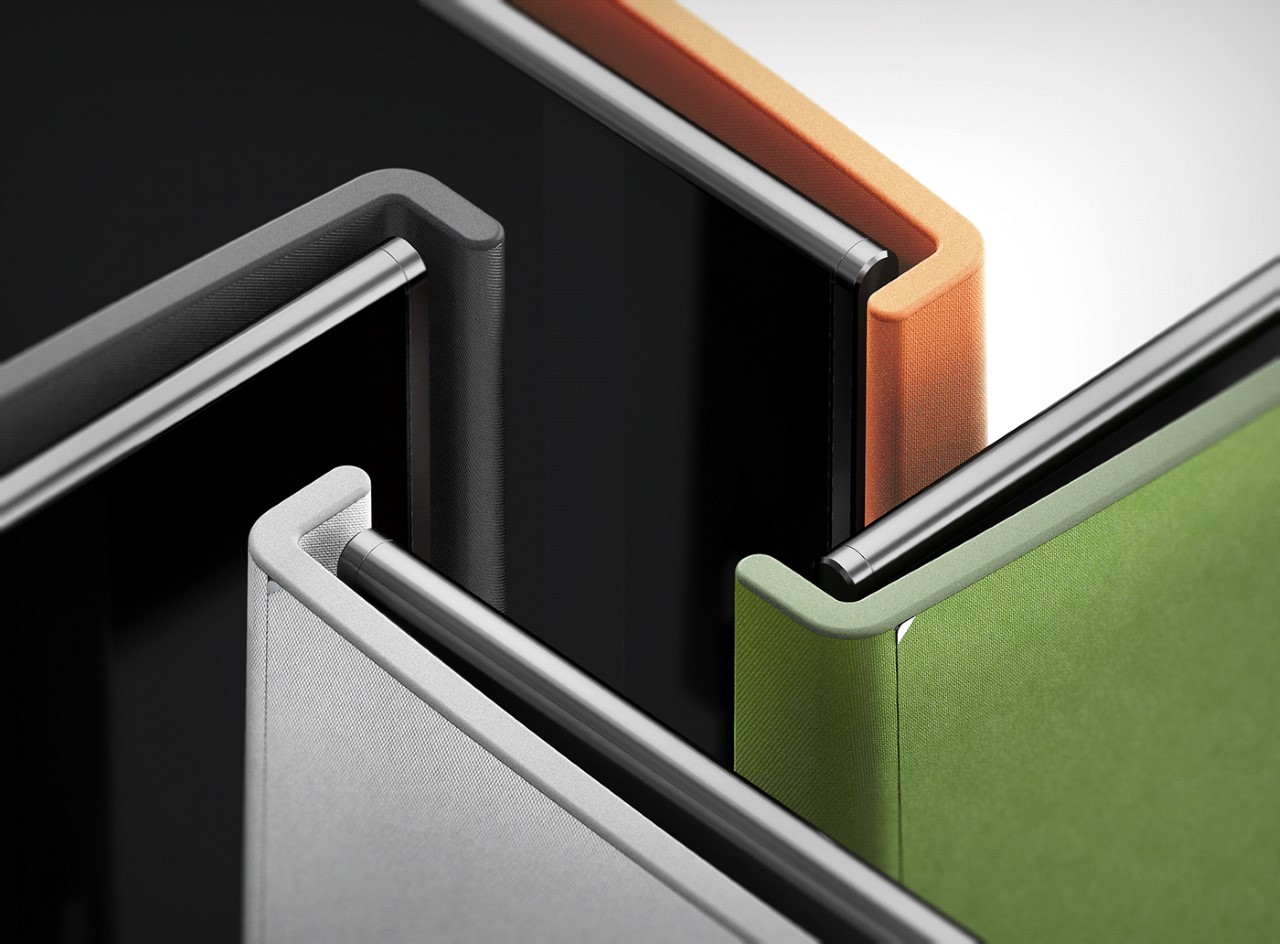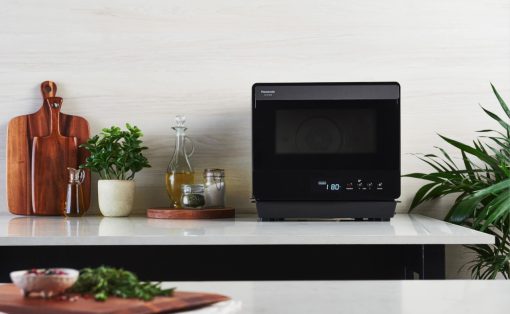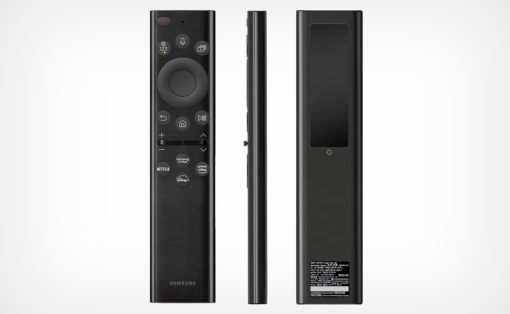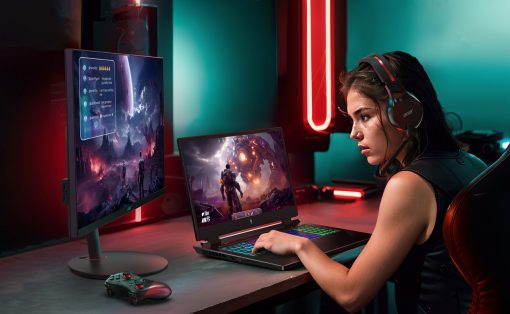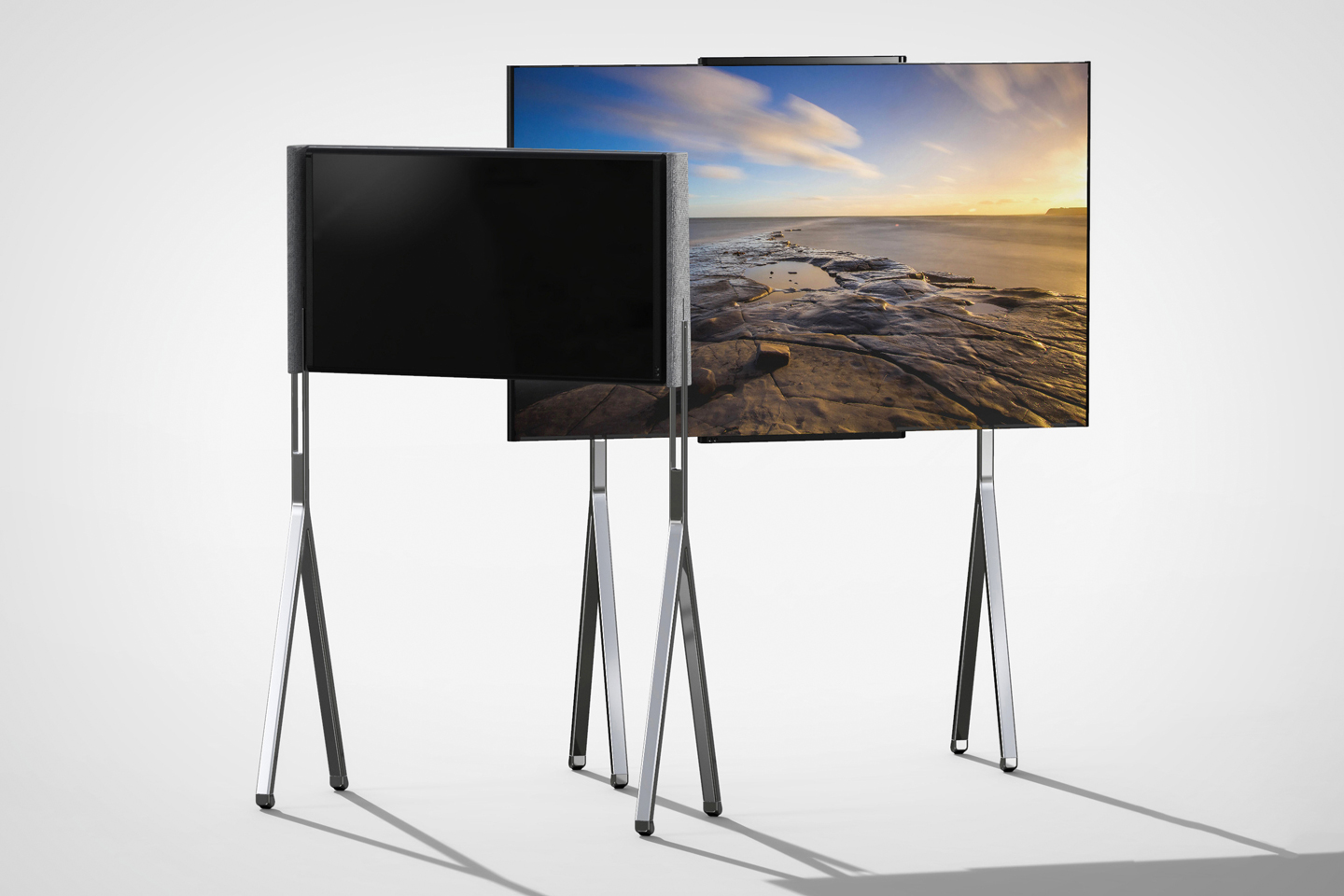
Let’s get our terminology straight right at the very beginning – the SHIFT is an adaptive rollable TV, not just a regular rollable one. That’s just a fancy way of saying that instead of having a scroll-shaped display that sits hidden inside a small chamber and unrolls to reveal itself (like LG’s Rollable TV), the SHIFT is ‘adaptive’, which means it shifts or adapts between two formats – a smaller monitor-sized display, and a larger television-sized one.
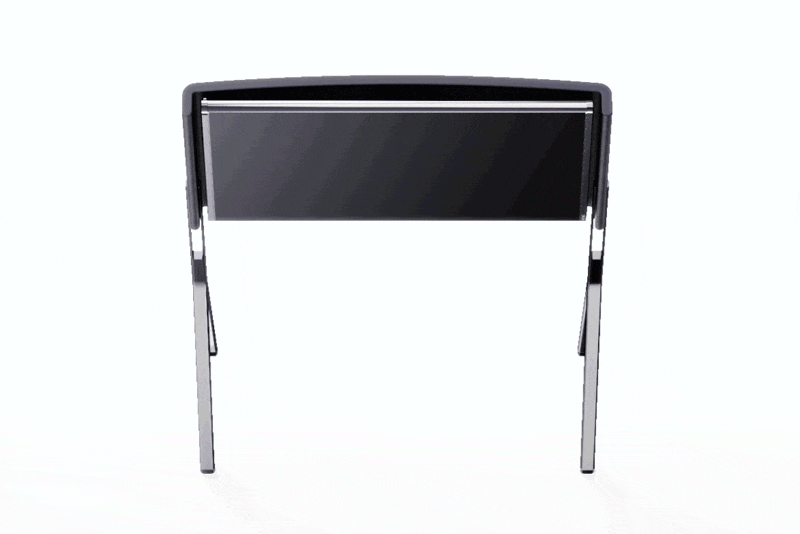
The common justification of a rolling display is to have a television that can ‘disappear’ when you don’t need it, but the SHIFT creates a new sort of format. Instead of disappearing when you don’t need it, the SHIFT’s format explores an A vs B arrangement, where you can alternate between two screen sizes, choosing a smaller one while working at your desk, and a larger one for sitting back and watching a movie. To manage this, the SHIFT uses a display that extends sideways while rotating too (the GIF above should really explain how it works), effectively being able to expand in BOTH directions. The expanded display isn’t just wider, it’s taller too because the entire display rotates 90° while rolling open (so the horizontal width of the smaller screen becomes the vertical height of the larger screen).



The justification for this ‘adaptive rolling display’ is less of a cosmetic one and more of a functional one. While LG’s Rollable TV was designed to disappear into its base so you’re not left with an ugly black rectangle on your wall when the TV’s switched off, the SWITCH doesn’t really focus on the aesthetics of a disappearing TV, but rather tries to be dually functional, as a smaller work monitor, and as a larger television/entertainment system.
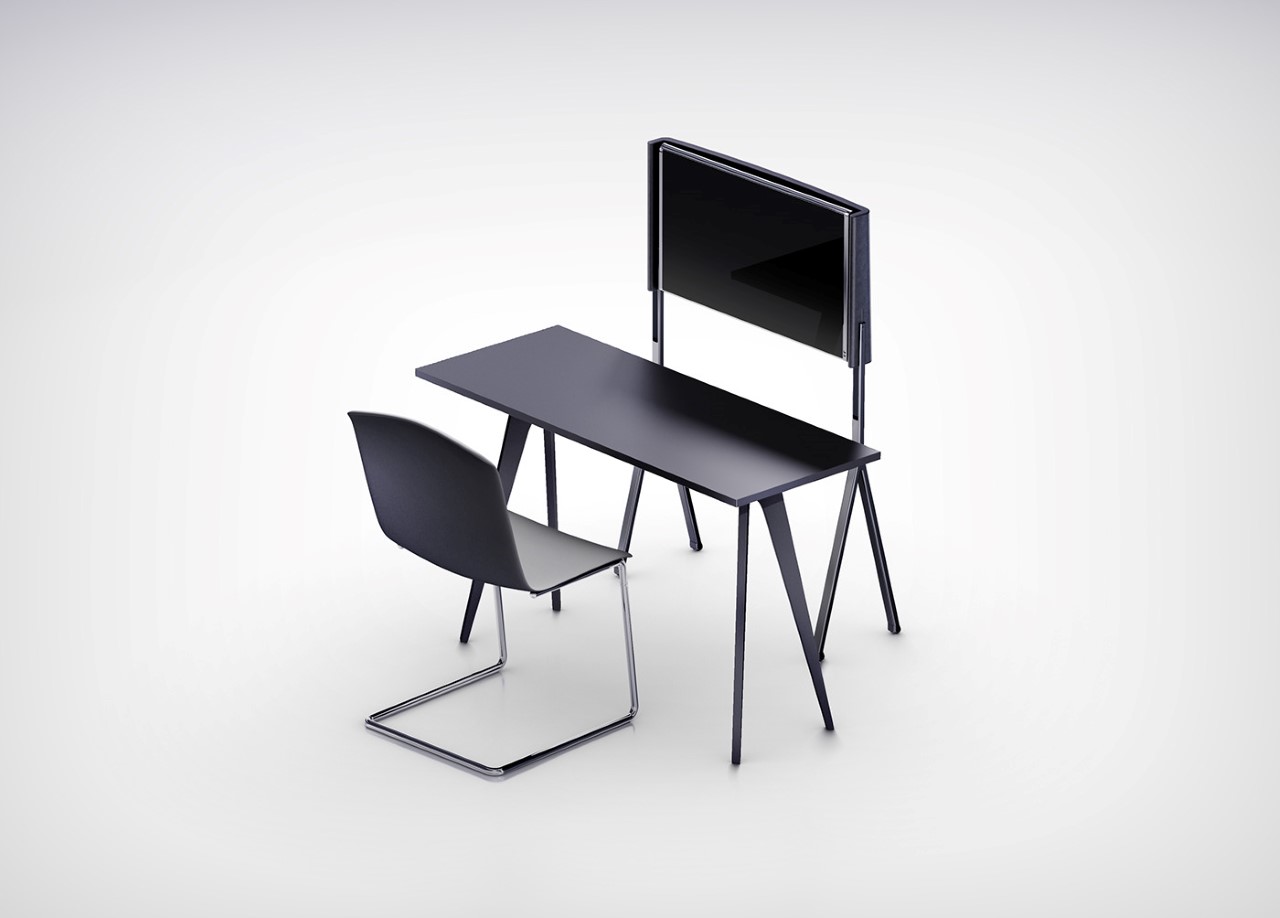
In serving its work purpose, the SHIFT comes with a rather interesting design detail concealed within its form. One of the rolling elements on the SHIFT’s bezel features a swiveling webcam that can rotate to face outwards when in use, and back into its dark void when not needed. When you’re working, or even joining large video conferences, the webcam swivels out and captures you while the screen itself shape-shifts to accommodate the web layout.

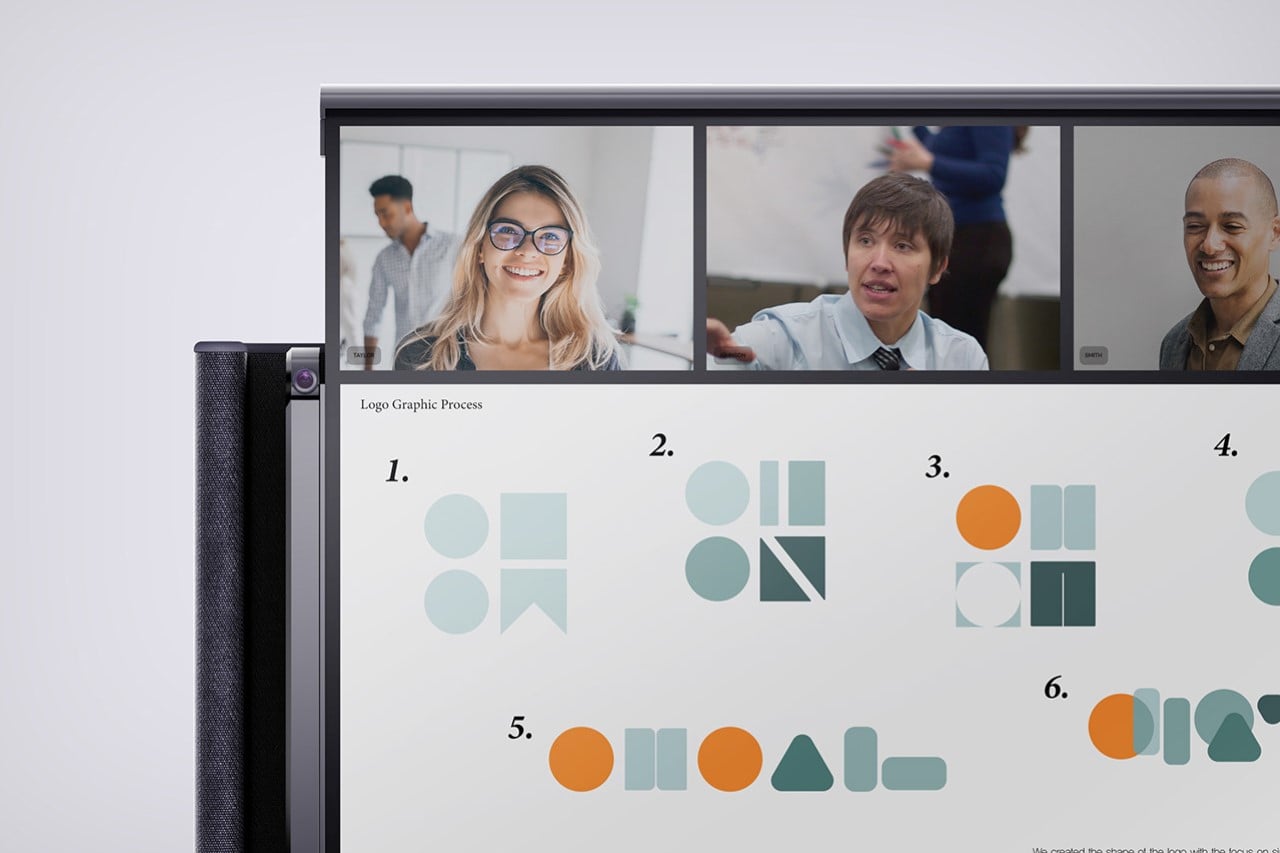
A notable feature of the SHIFT’s design is also its ability to change aspect ratio. The rolling screen is natively 21:9 in its smallest and largest formats, but it fills in a lot of intermediary aspect ratios too, going to 16:9 when you’re watching widescreen content, or even 4:3 for older shows or applications that run in 4:3. If you’re using the SHIFT to run an emulation of content on your phone, the rotating display can be used in portrait mode too, and can expand ever so slightly to mimic a tablet’s aspect ratio if needed.
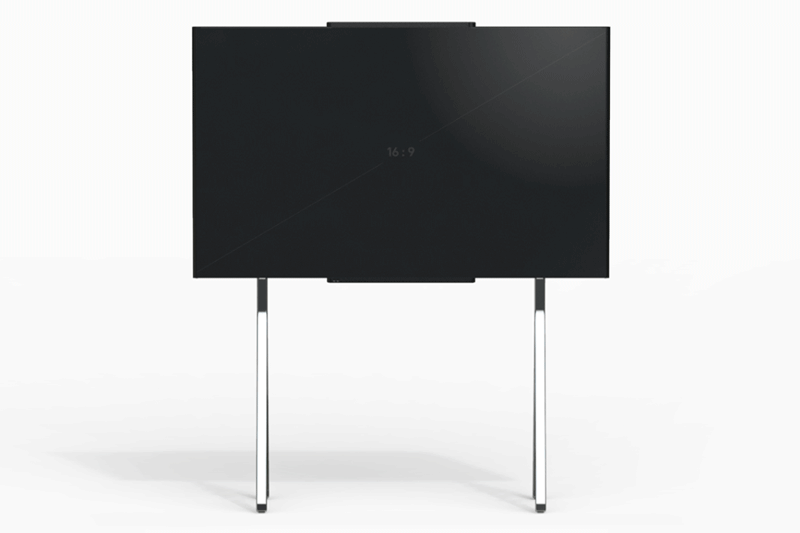
For all that innovation packed in a somewhat utilitarian format that aims to ‘have your cake and eat it too’, the SHIFT isn’t a utilitarian-looking appliance. On the contrary, it’s incredibly well designed, sleek, and can shapeshift between the monitor and TV mode while looking ever so classy. The screen is backed by a fabric-clad panel that houses all the electronics and elements like the SHIFT’s speakers. The backside of the fabric panel even has a cable concealer that lets you hide all the ports, so no matter whether you look at the front, the side, or the back of the SHIFT, it looks incredibly clean and sophisticated, almost with the air of Samsung’s Serif TV.
Ultimately though, the SHIFT balances multiple roles and is designed to be used in different parts of the house. Unlike its LG counterpart, which focuses solely on using the rollable technology to make the TV as sleek and nonexistent as possible, SHIFT wants to be the TV that you also use in your WFH setup as well as for binge-watching Money Heist in the living room. The TV features a wheeled easel-style base that can conveniently be pushed around the house (just avoid the carpets), and the fabric clads on the back sport a palette of home-decor-friendly colors that should easily fit into most contemporary homes or office spaces.
Designers: Seungho Ro & Junha Kam
